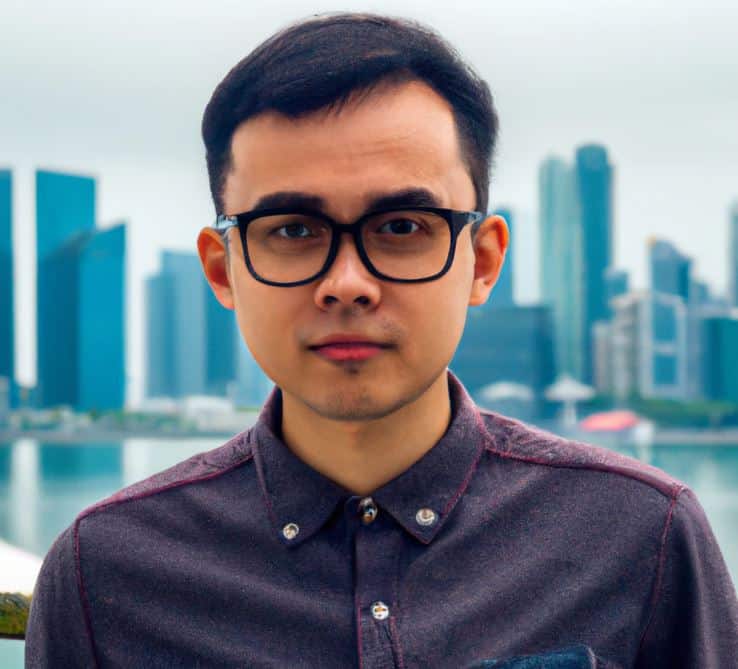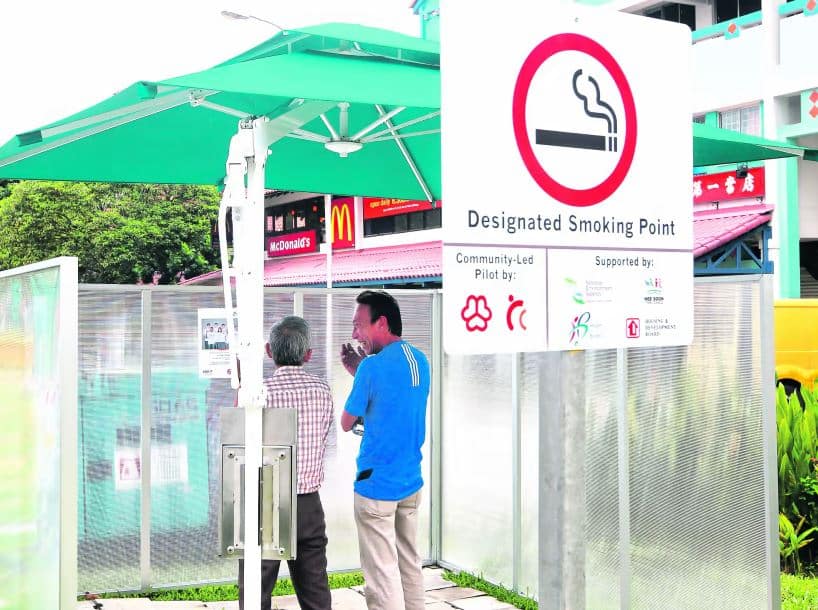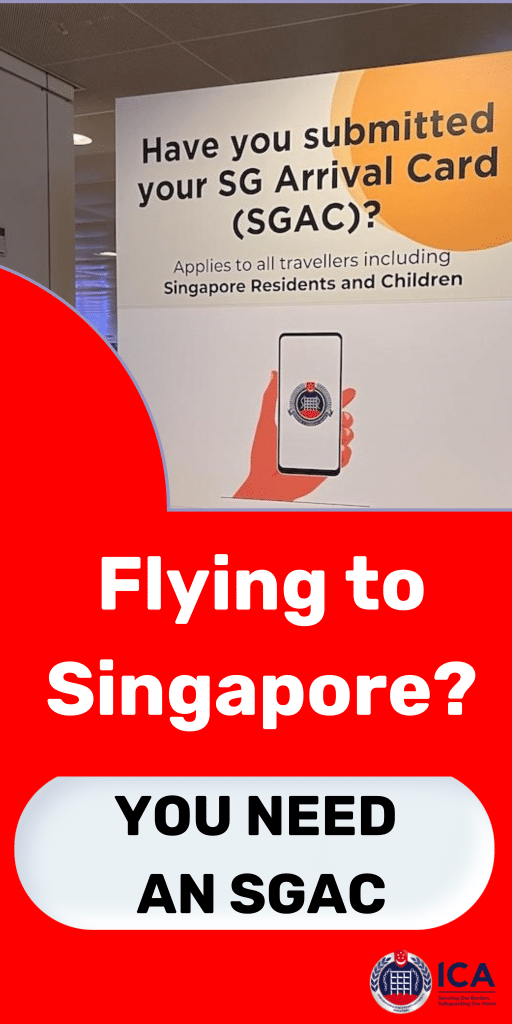With its lush greenery and clean air, Singapore aspires to be an urban oasis for its residents. However, tobacco smoking poses a major hazard to this vision of a ‘garden city’. Smoking not only damages health, but also leads to pollution from cigarette butt litter.
Since the 1970s, Singapore has undertaken a series of groundbreaking policy initiatives to curb smoking rates. Once a smoker’s paradise, the nation now aims to be smoke-free by 2030.
In this blog, I analyse Singapore’s bold tobacco control measures and assess how close it is to realising its smoke-free aspirations.
The Smoking Scourge in Singapore
In the 1970s, smoking was ubiquitous in Singapore. 25% of all adults smoked. Smoking permeated society, with cigarettes advertised widely and smoking allowed practically everywhere.
Lung cancer became the most common cancer among Singaporean men. Passive smoking from secondhand smoke also impacted public health. The widespread smoking created routine pollution from cigarette litter such as butts and packs. Singapore clearly faced a major smoking epidemic requiring urgent intervention.
Pioneering Ban on Tobacco Advertising
In 1970, Singapore became the first Asian country to impose a total ban on tobacco advertising. Direct advertising through print, TV, radio and outdoor media became illegal. This ended the powerful influence of pro-smoking marketing on citizens’ lifestyle choices.
Tougher restrictions soon extended to promotional activities like free samples and sponsorships. Banning tobacco advertising marked a bold measure to delink smoking from aspirations towards the ‘good life’. This pioneering move laid the foundations for progressive tobacco control in Singapore.
Scaling Up Smoke-Free Spaces
The next priority was to expand smoke-free public spaces. In 1970, no smoking restrictions existed except on buses and in cinemas. Over subsequent decades, more smoke-free zones were progressively designated under the Smoking (Prohibition in Certain Places) Act.
Schools, hospitals, workplaces, shopping malls and other public areas all became smoke-free. By 2016, over 32,000 places were gazetted as no smoking areas. Widening smoke-free spaces denormalised smoking in everyday life and helped lower tobacco consumption. However, exemptions remained for some outdoor areas.
Taxes to Curb Affordability
Singapore leveraged fiscal tools like taxes to raise cigarette prices and reduce smoking affordability. From the 1970s, import and excise duties on tobacco products were consistently increased.
For example, between 2000 and 2010, the tax on every pack of 20 cigarettes more than doubled from S$0.80 to S$1.80. Tax now makes up two-thirds of the cigarette cost, one of the highest globally.
This made Singapore’s cigarettes amongst the world’s most expensive. By hitting smokers’ pockets harder, higher tobacco taxes diminished smoking prevalence, especially amongst the price-sensitive youth.
Raising the Minimum Legal Age
Increased taxes had the unintended effect of baiting youths into early smoking before the habit became too costly. Hence in 1991, Singapore raised the minimum legal age for buying tobacco from 16 to 18, which 85% of citizens supported.
This delayed teens’ ability to easily access cigarettes during vulnerable adolescent years, deterring youth uptake. But loose regulation of vending machines weakened this control until 2010, when a complete vending machine ban took effect. Coupled with strict sales enforcement, this bolstered prevention of youth smoking.
Graphic Health Warnings
Since 2004, all cigarette packs must display graphic images illustrating smoking hazards like lung cancer, alongside textual health warnings. By evoking visceral reactions, these graphic warnings counteract the appeal of cigarette packaging.
Studies indicate they are effective in motivating smokers to quit and dissuading youths from starting. Singapore’s graphic health warnings are exemplary in occupying both front and back of packs, using hard-hitting images rotated annually. But regional competitive pressures have sadly delayed mandating plain packaging devoid of logos.
Tightening Smoke-Free Laws
Singapore moved to close remaining smoke-free loopholes between 2013 and 2019. Smoking prohibitions expanded to more outdoor areas including exercise parks and certain sidewalks near bus stops. Fines for smoking violations substantially increased, now amongst the highest globally at up to $1000 for repeat offenders.
Enforcement also heightened using surveillance and smoking ambassadors. Tightening smoke-free legislation helped reshape non-smoking as the social norm. But exceptions continued for a minority of outdoor locations.
Reining in Shisha Smoking
As shisha smoking grew popular at outdoor bars and cafes, Singapore took action to limit secondhand smoke risks and youth uptake. Shisha premises cannot operate within 100 metres of schools. Since 2017, a 10pm curfew has applied on shisha establishments.
Customers must also be above 21 years old and no building up of pipes is allowed. Stricter regulations seek to prevent the renormalisation of social smoking under the guise of trendy shisha. But shisha import duties could be raised from 20% to better curb its affordability.
National Smoking Control Programme
This inter-agency initiative launched in 2012 coordinates Singapore’s efforts towards its 2030 national smoking target. Key programmes include public education, tobacco regulation enforcement and helping smokers quit.
Cessation services have expanded to include quitlines, counselling and subsidised treatment like nicotine replacement therapy. Mass media campaigns spotlight role models who overcame smoking. Targeted outreach also focuses on seniors, low-wage workers and army recruits. But more holistic cessation support is needed for mental health patients, where smoking rates remain high.
Progress So Far
These sustained efforts have significantly reduced smoking in Singapore over the past 40 years. Smoking prevalence halved from 23% in 1992 to 12% in 2019. Rates fell from 60% to 29% among men, but stayed low for women at 3%.
However, Singapore’s smoking rate still lags other leading Asian cities like Hong Kong and Tokyo which have achieved single-digit prevalence. Gaps remain in meeting national targets for youth and female smoking rates. More aggressive policy measures will be required for Singapore to eliminate smoking by 2030.
The Road Ahead
To eradicate smoking, Singapore should speed up enacting policies aligned to WHO’s MPOWER strategy. This roadmap lists interventions that are most effective in diminishing tobacco use globally. Areas Singapore should prioritise include:
- Monitoring tobacco use through regular surveys to inform policymaking
- Increasing tobacco taxation to at least 75% of cigarette costs
- Advancing smoke-free laws without exemptions
- Offering affordable cessation support including counselling and quitlines
- Warning the public about the dangers of tobacco with mass media campaigns
- Enforcing bans on advertising, promotions and sponsorships
With political will and intensified efforts across these areas, eradicating smoking in Singapore is an achievable aim. The economic costs of tobacco far outweigh revenue benefits, providing impetus to go smoke-free.
Conclusion
In summary, Singapore has made substantial progress from its smoking-saturated past towards becoming a smoke-free oasis. Pioneering advertising bans and ever-expanding smoke-free public places have prevented many from lighting up. Steadily hiking tobacco taxes alongside minimum age laws deterred smoking initiation.
Graphic pack warnings and education campaigns informed and motivated quitting. These multi-pronged efforts halved smoking rates over 30 years. However, Singapore must urgently implement more stringent tobacco controls to extinguish smoking by 2030.
Its next milestones will require strong leadership in closing loopholes in policies and social norms around smoking. With its culture of exemplary governance and social discipline, a smoke-free future is within reach for Singapore.

Goh Jun Cheng is the chief staff writer for SingaporeAirport.com. Jun Cheng graduated with a degree in journalism from Nanyang Technological University in Singapore.
He has over 5 years of experience writing about aviation, tourism, and lifestyle topics relevant to locals and visitors in Singapore. His articles provide insights into the rich culture, cuisine, and attractions of Singapore. Jun Cheng is an avid traveler who has visited over 15 countries.
When he is not writing or traveling, he enjoys photography, trying new foods, and hiking. As a longtime Singapore resident, Jun Cheng is passionate about sharing hidden gems and perspectives about his home country.




